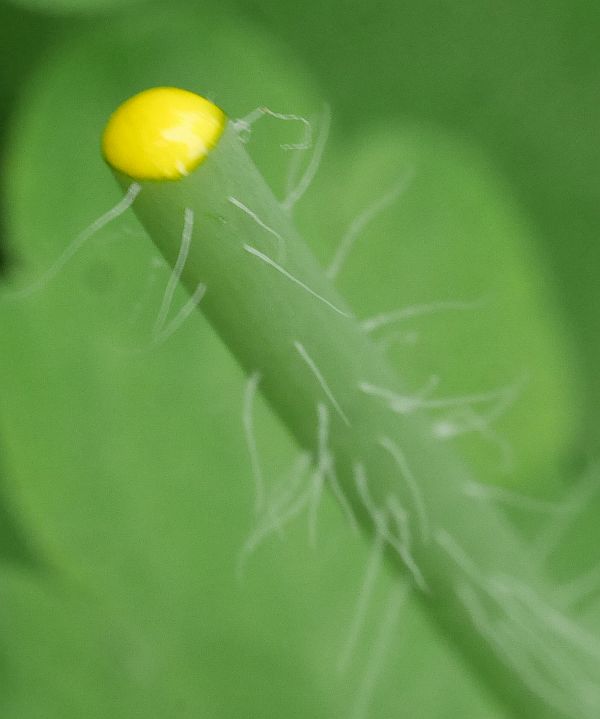Chelidonium majus (from the poppy family Papaveraceae), or greater celandine (Norw: Svaleurt), is an important plant in western phytotherapy and in traditional Chinese medicine and is known here in Norway as a relic plant, often found around the ruins of old monasteries. I introduced it to my garden some 25 years ago or more. At one time I decided to remove it as it wasn’t in the theme of the garden of edible plants (although there are records of it being eaten with careful preparation, but definitely in the famine food category). However, it has naturalised in a mild way, popping up here and there and I tolerate it as it’s an interesting and nice lookin plant (a medimental; medicinal ornamental). I’ve also in the past introduced a cut-leaf form (var. laciniata) and also a double flowered form. The latter I thought I’d lost and then it turned up again this week, the reason for this post:
Here’s the normal form in another bed in the garden and the characteristic orange plant juice which is the part most used medicinally in treatment of a range of skin ailments:


